In mid-August 2025, Mads Kristensen, lead designer of the C# programming language, discussed with his team The Future of Visual Studio in a YouTube video. The session opens with a few demos that we will summarize, but the “What’s Next” segment really begins at 24:20.
In this post, we will summarize the announcement and put it into perspective with what was already known.![]()
Visual Studio 2022 was released on November 8, 2021—almost four years ago. The next version, codenamed Dev18, has been announced, though no release date has been provided. Ideally, a preview will arrive before the launch of .NET 10 in November 2025, but it remains uncertain whether the general availability release will land in Q4 2025 or sometime in 2026. Hopefully Visual Studio vNext will arrive before GTA 6 does…
Hey, the new logo has been unveiled—the latest in a long series!
Facts
During the last 12 months, a total of 4,489 issues have been fixed, and 290 feature requests are set to be included in this next version.
Visual Studio releases will now follow a monthly update cadence, making it easier to refer to the latest update—for example, the March release.
Early feedback from MVPs (Microsoft Most Valuable Professionals) has been overwhelmingly positive, highlighting the improved aesthetics, performance gains, and responsiveness.
Visual Studio vNext won’t be disruptive—users will feel right at home and continue using the same tech stack. Contrary to some silly rumors, it won’t be just an empty screen with an AI text box.
Visual Studio vNext will remain a 64-bit application, but its main process will still run on the legacy .NET Framework. For extension publishers like us at NDepend, which run partly inside the VS process, this prevents a full migration to .NET 10 and joy with the latest C# language and runtime features.
Remember that the main Visual Studio process launches multiple child processes, the majority of which run on .NET Core.
UI Refresh
Fluent Design Principle
Finally, we’ll get our hands on the UI refresh that Microsoft has been teasing for more than two years. It is based on the Microsoft Fluent Design. Fluent Design focuses on reducing visual clutter to lower cognitive load, typically by adding spacing between controls. At the same time, developers want as much coding space as possible, making this balance challenging. To address it, lighter control styling is used to enhance the perception of space, along with slightly larger targets to prevent accidental clicks.
Refining Details to Minimize Friction
In this version, they addressed numerous UI details and minor annoyances—for instance, the width of the line number gutter. The focus has been on improving the user’s quality of life, aiming to eliminate friction and interruptions that could hamper productivity.
Active Region Styling
They’ve also introduced active region styling, which highlights the currently active areas of the UI, making them easier to identify.
Color Theme
A wide variety of new color themes will be available, and creating your own will be easier than ever.
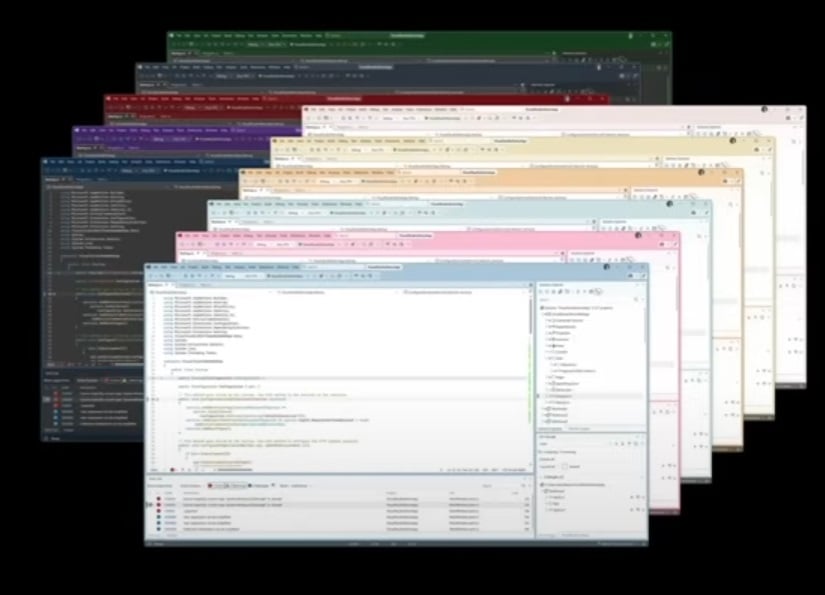
Enjoy Visual Studio vNext UI Refresh in Visual Studio 2022
Actually, you can get the new UI themes in Visual Studio 2022. I discovered this thanks to a helpful comment on the Reddit post linked in this article!
First install this VS 2022 extension: https://marketplace.visualstudio.com/items?itemName=PaulHarrington.FeatureFlagsPreview
Start Visual Studio 2022, Options > Feature Flags > disabling Shell.ClassicStyles and enabling Shell.ExperimentalStyles
Et voilà, you get access to a dozen of new themes !
I’m surprised that there isn’t a new theme comparable to the classic Blue theme in VS 2022. After trying the flashy themes for a few hours, I found myself returning to the familiar Blue theme
New Settings Page
Another long-awaited improvement: the settings page has been completely revamped. Settings will now be stored in a JSON file, making them both human-readable and, likely, configurable on a per-solution basis. Similar to .editorconfig file, the JSON settings file will be searched for in the solution’s parent directories recursively (my guess).
A filter will also allow users to list settings—for example, those related to performance or changes that haven’t yet been persisted.
Extensions
Extensions built for previous versions of Visual Studio will work on VS vNext as-is. A dialog will notify you that the extension targets an older version—just click “Yes” to use it. This ensures full backward compatibility, even if the extension author hasn’t migrated to Dev18 yet, so all your extensions will be ready from day one.
Additionally, managing the extension automatic updates will be easier, allowing you to configure them on a per-extension basis.
Bring Your Own AI Model
Of course VS vNext will offer a lot of space to AI assisted development. They invested in MCP: Model Context Protocol (at 11:00 in the video). This means that you’ll be able to bring your own model.
You’ll be able to choose which tools the AI agent can interact with—IDE, Debugger, Profiler, Azure, GitHub, and more. The entire toolchain is accessible, and users can even plug in their own tools. Both local IDE actions and remote actions will be supported.
The screenshot below shows how to choose the tools to interact with. It is extracted from the demo at 14:35 that asks Copilot to list and refine all issues assigned to the current user.
Copilot Profiler Agent
One particularly impressive demo takes place from 32:00 to 41:10. It demonstrates how the new VS vNext AI integration can use the profiler to run a benchmark method. Then identify slow code, modify it to improve performance, and rerun the benchmark. In this case, the execution time dropped from 200 ms to 168 ms. The user simply asked Copilot:
|
1 |
@Profiler Run the #Adler32LargeUpdate benchmark and optimize the code that it calls |
Here are the bullet points for each potential performance improvement suggested by the AI.
.NET Upgrade Agent
Another area where effort has gone into fine-tuning Copilot is upgrading legacy applications to newer .NET versions, such as .NET 10. At 20:50 in the video, a legacy .NET application is upgraded, and you can see that the csproj files are modified. What isn’t shown is whether the AI agent can intelligently detect and replace deprecated APIs.
Four years ago, we wrote a post about upgrading the NDepend codebase to target .NET Core and .NET Standard. That article highlighted many pain points due to unsupported APIs and tools, including Thread.Abort(), AppDomain, xsltc.exe for compiling XSL into a DLL, Delegate.BeginInvoke(), and the CodeDOM API to name just a few. This is just a sample of the challenges you face when upgrading a legacy .NET project.
Upgrading a legacy .NET Framework application to .NET Core is notoriously costly. AI will help reduce the effort, but you’ll still need to get your hands dirty.
Conclusion
Everyone in the community can look forward to a new Visual Studio release. While .NET IDEs like VS Code and JetBrains Rider have their advantages—cross-platform support, responsiveness, web optimization—the comprehensive set of tools offered by Visual Studio makes it an IDE of choice for professional enterprise .NET developers.
To stay tuned subscribe to https://devblogs.microsoft.com/visualstudio/ and also to the Microsoft Visual Studio Youtube Channel. You can also follow our NDepend blog, where we’ll do our best to comment the announcements and continue demystifying the new and tricky C# and .NET features.
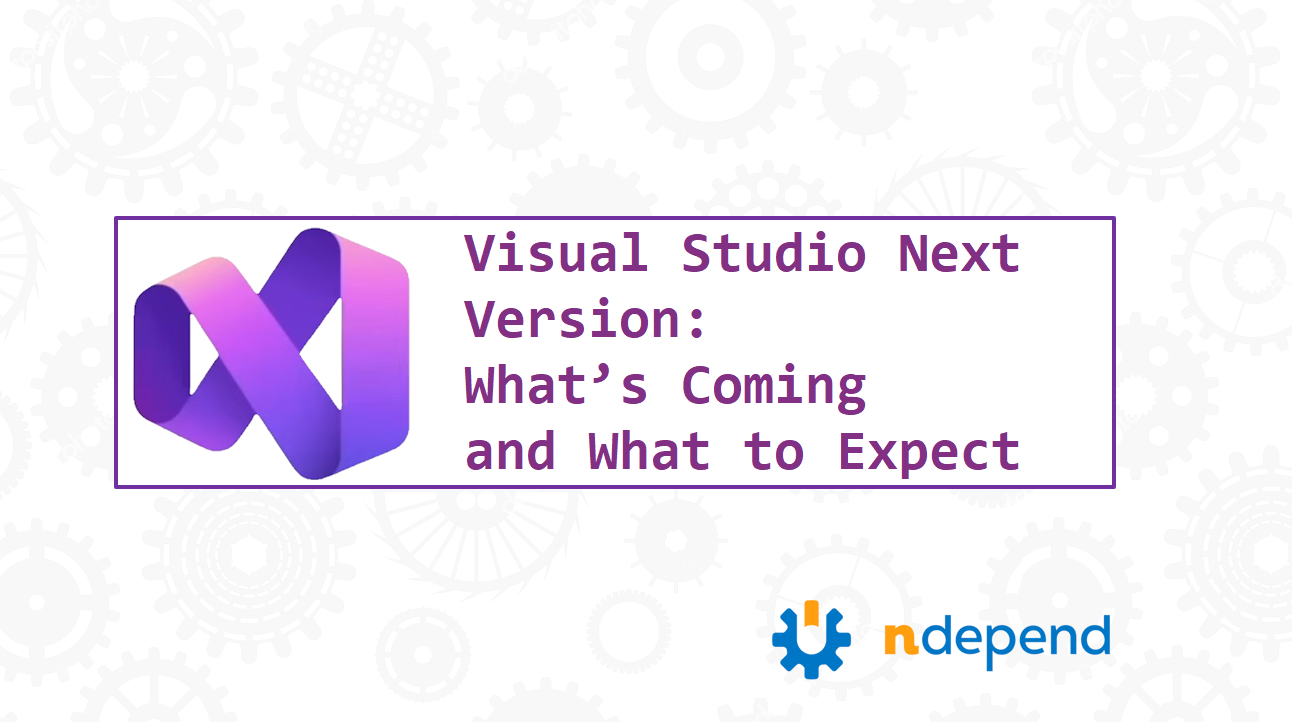
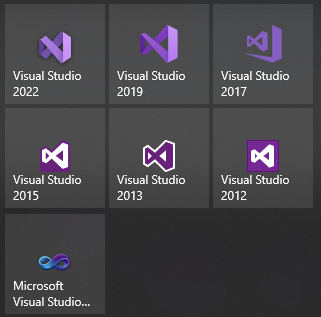
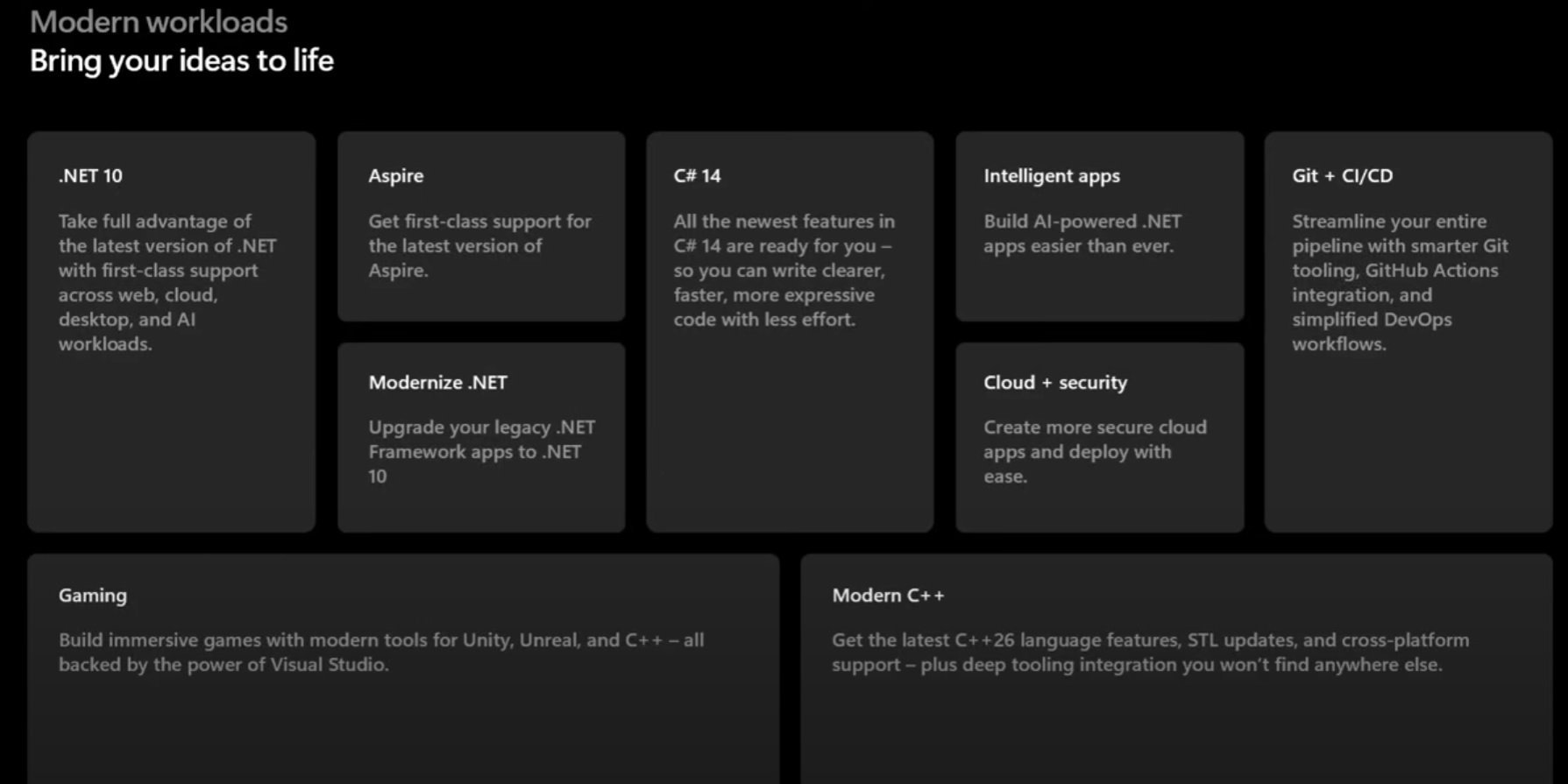
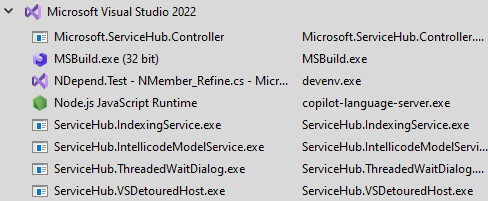
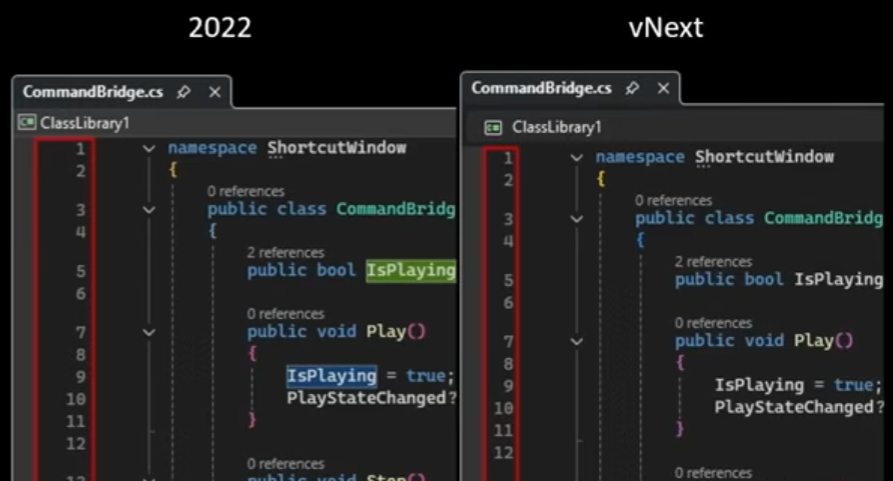
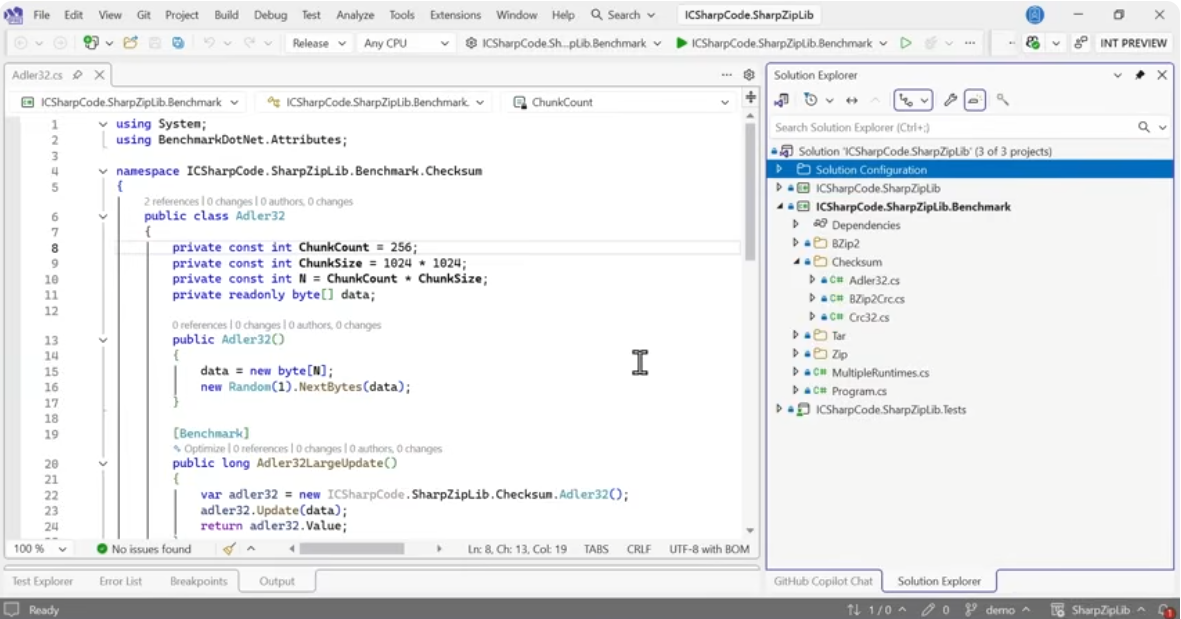
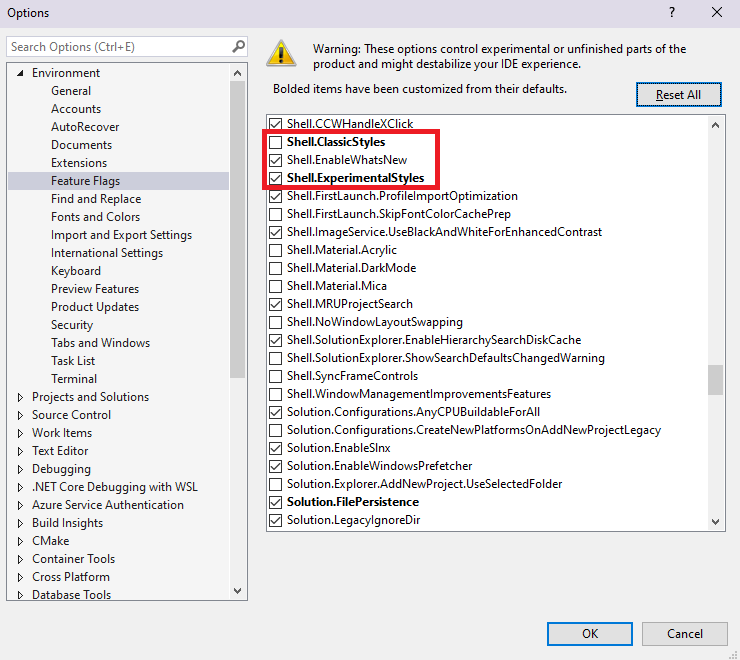
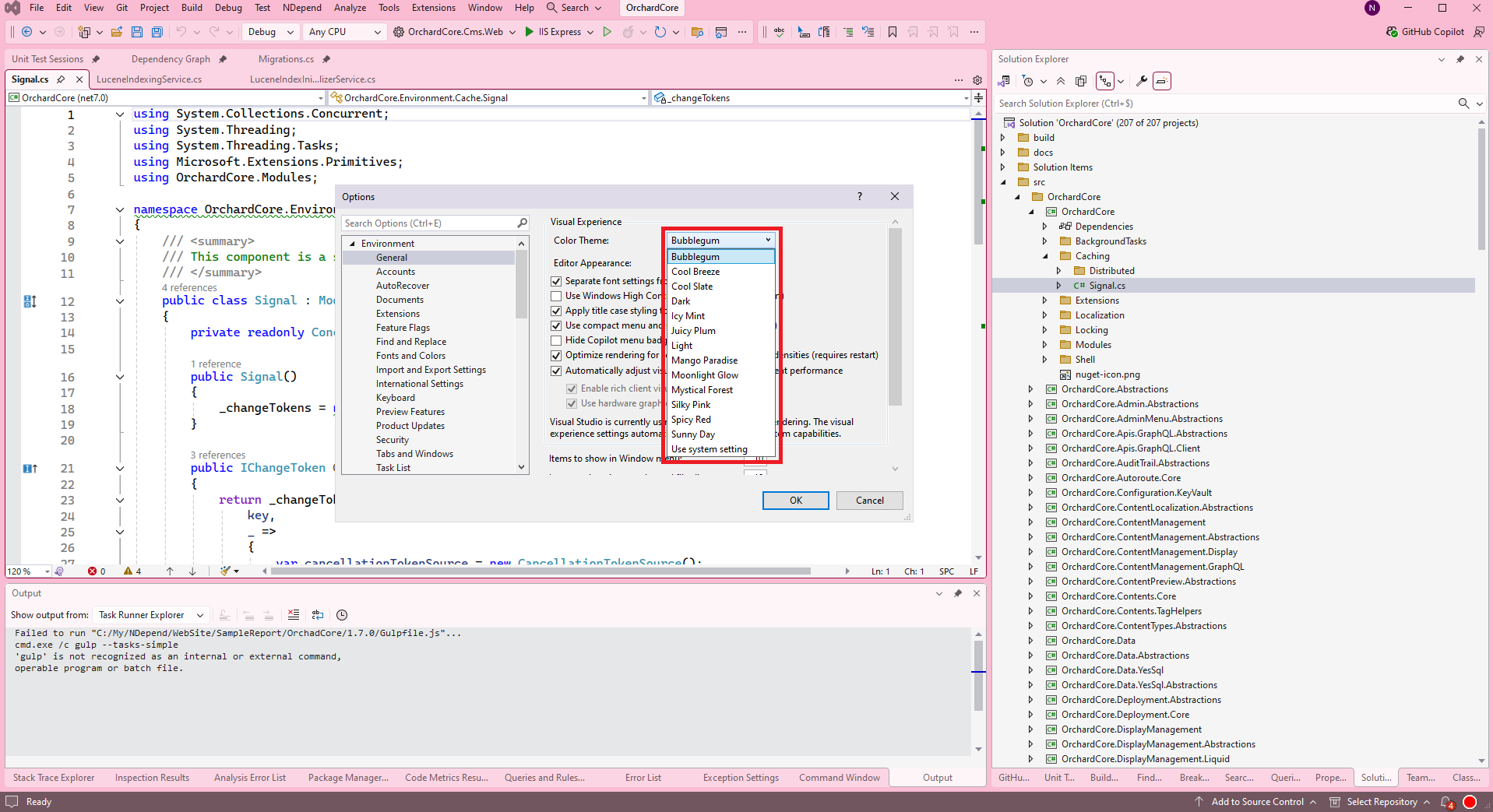
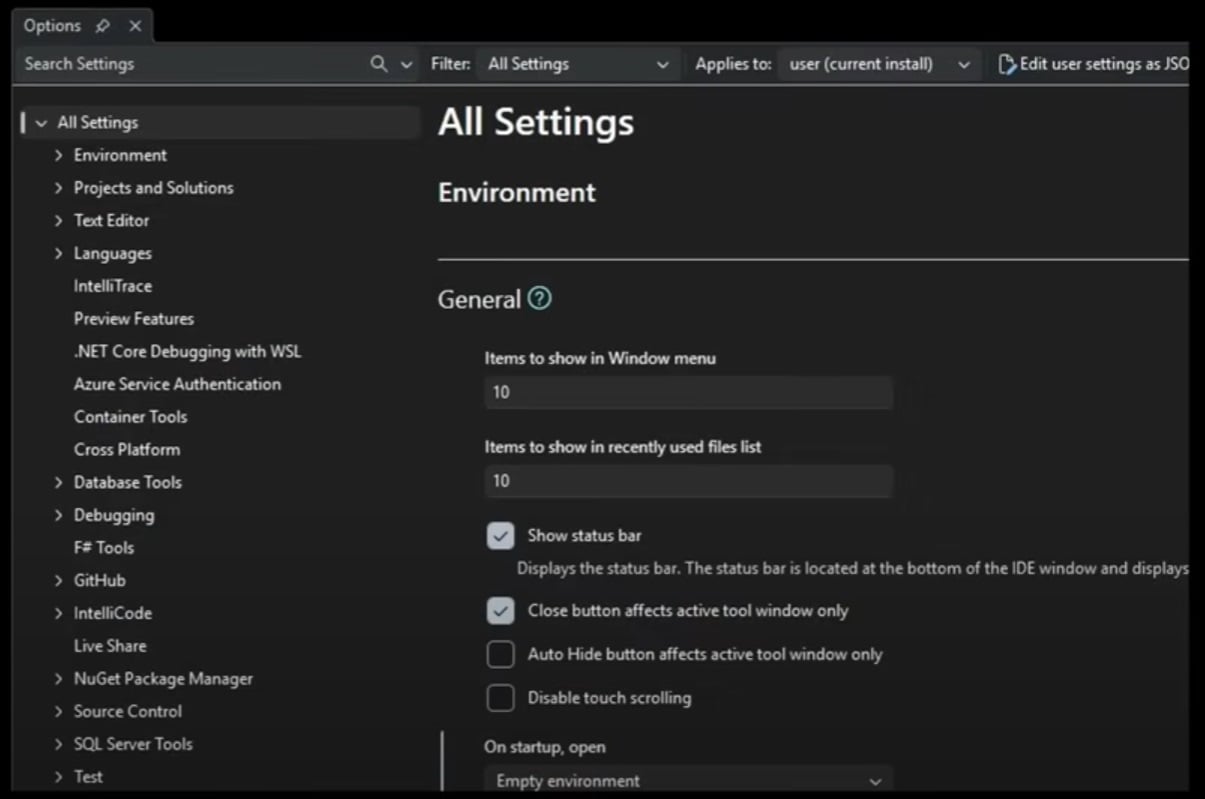
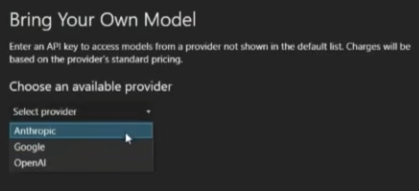
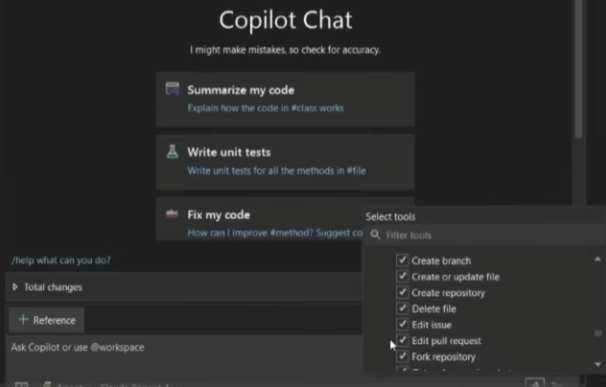
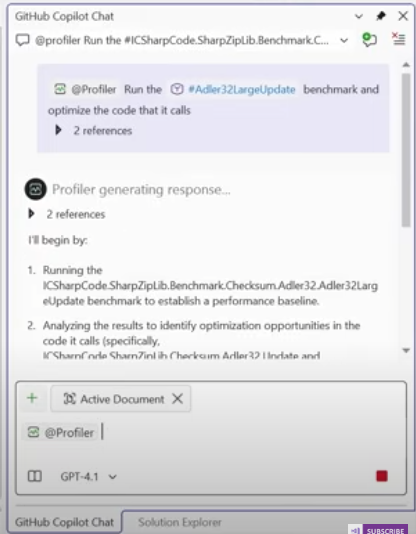
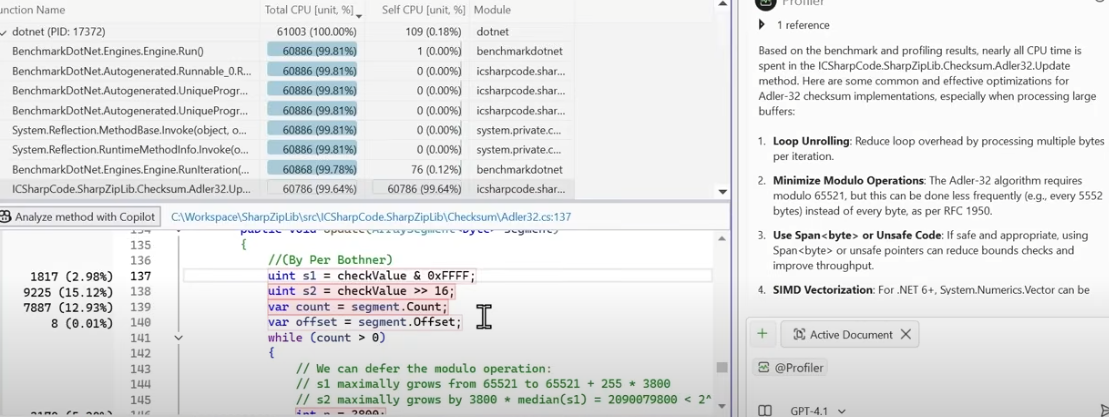
And yet, no drag and drop UI designer.
From the article, lots of cosmetic and minor changes. How can it be 2025 and Visual Studio is less capable for UI creation than Visual Basic was in the 1990s?
I believe it was Mads Kristen – not Mads Thorgersen who presented the vNext of Visual Studio
Fixed thank you
When is Visual Studio Dev18 expected to release, and will its preview arrive before the launch of .NET 10 in November 2025?
Regard Konten Digital
Mads Torgersen is the lead designer of C#, Mads K (who did in fact do this talk and is equally amazing) is a Principal PM for Visual Studio but not C# Mads. So not quite fixed – but almost!
Mads Kristensen isn’t the lead designer of the C# language; that would be Mads Torgesen.
We got a VS 2026 preview today 🙂